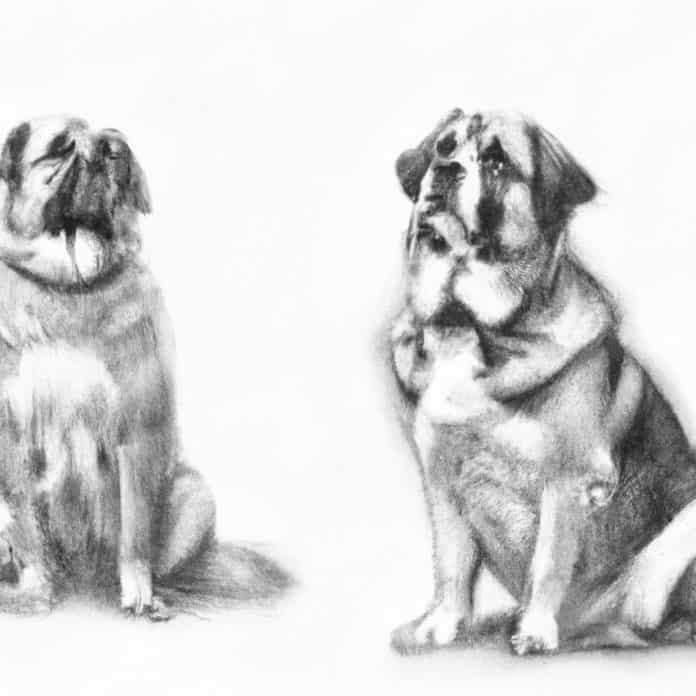Dear VetBabble,
How can we train our large dog, who is part Shepherd and St. Bernard, to stop jumping up and trying to tackle us when we come home? We love him to pieces and want to teach him better manners without causing any negative effects on his behavior.
Teaching Your Large Dog Better Manners
Having a large dog who jumps up on you when you come home can be challenging, but with consistency and patience, you can teach your furry friend better manners. Reinforcing alternate behaviors is an excellent place to start. This article will discuss three main strategies to help you teach your dog not to jump up on you every time you walk through the door: training alternate behaviors, embracing in-home training, and following the ‘no free lunches’ approach.
Training Alternate Behaviors
Instead of focusing on stopping your dog from jumping up on you, it’s more productive to train your dog to greet you with a different, more acceptable behavior. This can include teaching your dog to sit, lie down, or remain calm when you come in the door. The key is to be consistent in rewarding the positive behavior while ignoring the negative behavior. Redirecting your dog’s energy and excitement from jumping to a more appropriate greeting will go a long way in fixing this issue.
One helpful resource for teaching your dog an alternate greeting behavior is our article, How to Stop Your Dog Jumping on Guests. By utilizing the training techniques provided in this article, you’ll be able to teach your dog to greet you and others appropriately when they enter your home.
In-Home Dog Training: Building Consistent Dog Obedience
Training your dog at home is important, and consistency is key. In-home training allows you to address their specific behavior in the environment where it usually occurs. In Home Dog Training: Striving for Dog Obedience provides various tips, techniques, and specific exercises to work on in the convenience of your home, making it more effective and comfortable for both you and your dog.
Teaching your large dog self-control through basic commands like “sit,” “stay,” and “down” will give them a strong foundation for more complex behaviors. Dedicate time each day to practice these basic commands and use them to reinforce the alternate greeting behavior you’re teaching them when you come home. This will help build a positive, disciplined routine for your dog.
The ‘No Free Lunches’ Approach: Encouraging Good Behavior
This technique involves rewarding your dog with something they want, such as treats, toys, or praise, as a way to reinforce good behavior. The idea is to withhold these rewards until your dog offers a desirable behavior, like sitting or lying down instead of jumping up on you when you come home.
For more information on how to implement this approach, read our article, No Free Lunches – Simple Tips for Good Behavior. You’ll learn how to use this simple, yet powerful method to instill discipline and encourage positive behavior in your dog consistently.
Additional Tips for Success
Beyond these three strategies, you should also keep in mind the importance of patience and persistence. Large dogs like your Shepherd and St. Bernard mix may need more time to adjust their behavior due to their size and strength. Be prepared to invest time and effort into consistent practice and reinforcement of the positive behaviors you want to see.
Another important aspect to consider is managing your dog’s energy levels. Large breeds, especially those with working or herding backgrounds, may require more physical activity to release excess energy and maintain a calmer demeanor. Regular walks, runs, or interactive games can help manage your dog’s energy and decrease their urge to jump up on you when you come home.
In conclusion, your efforts in training alternate behaviors, embracing in-home dog training, and following the ‘no free lunches’ approach will definitely help your large dog become a more well-mannered and obedient companion. For additional support in managing this common issue, you can also check out Teaching Your Dog Not to Bark for useful insights on addressing your dog’s vocalizations. Stay patient, consistent and reinforcing, and soon enough, you’ll be enjoying a calm, non-jumping companion when you come back home.









